
HERM MACHINERY



The Rotary Grading Sifter, also known as a vibrating screening classifier, is specially designed for grading and separating pellets and granules. It plays a crucial role in modern pellet production lines by improving product quality, reducing fines, and enabling efficient material recirculation.
With a robust design and versatile application, it is widely used in feed mills, biomass fuel plants, organic fertilizer lines, wood pellet factories, pet litter production, and other bulk material processing industries.
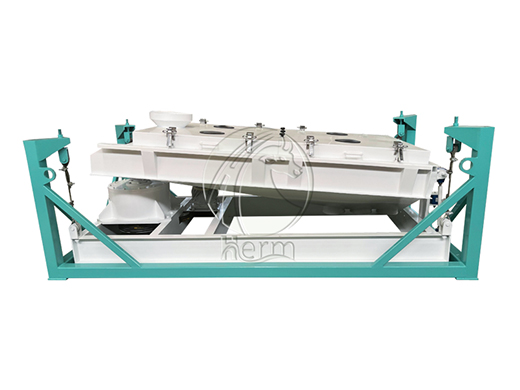
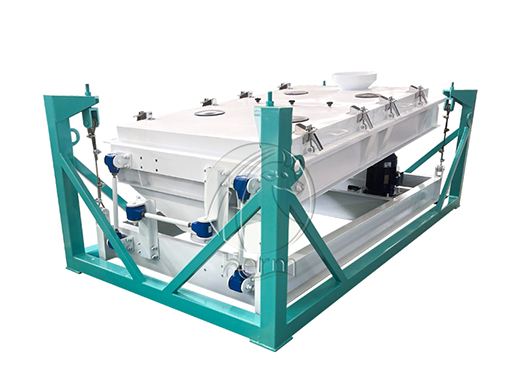
✅ Pellet Classification in Production Lines
Used after the pelletizing process, the rotary sifter efficiently separates qualified pellets from fines and oversized particles. This ensures a consistent size range for packaging or storage.
✅ Pre-Cleaning Before Grinding
In grain and feed processing, the sifter removes large impurities from raw materials before they enter grinding machines like hammer mills or roller mills, reducing wear and improving grinding efficiency.
✅ Powder Recovery & Recycling
Unqualified fine particles collected after pelletizing can be redirected to pellet mills for reprocessing, minimizing waste and improving yield.
✅ Broad Industry Use
Besides feed and biomass industries, the sifter is also widely used for material screening in food processing, chemical manufacturing, sugar refining, mining, paper production, and more.

✅ Flexible Sieve Options
The sieves are interchangeable and available in a wide range of mesh sizes to accommodate different material characteristics and classification requirements.
✅ Low Noise and Vibration
Elastic composite material supports and vibration-dampening structure reduce operational noise and machine vibration, promoting a quieter and more stable working environment.
✅ Efficient Eccentric Drive Mechanism
The sifter employs a V-belt-driven eccentric balancing system and horizontal gyratory body, resulting in highly effective screening motion with minimal energy consumption.
✅ Compact and Easy to Maintain
With vibration motors mounted at the rear, the machine saves installation space. Its quick-release sieve press mechanism allows fast sieve changes and easy maintenance access.
✅ Adjustable Amplitude Design
Operators can adjust the vibration amplitude to optimize screening performance based on specific material requirements, offering high flexibility in production control.
✅ Anti-clogging Design
Smooth interior discharge chute prevents material accumulation and cross-contamination, ensuring hygienic and uninterrupted processing.

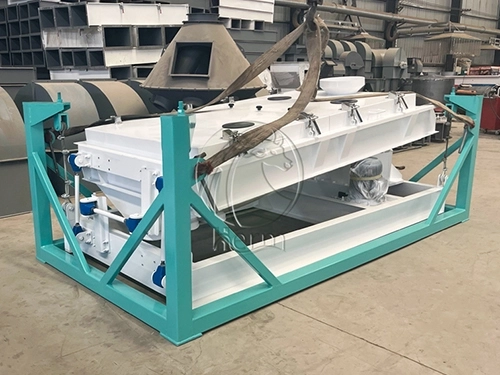
✅ Q1: What materials can be processed with the rotary grading sifter?
A1: It is suitable for granular and pelletized materials such as feed pellets, wood pellets, biomass, grain, chemical granules, and more.
✅Q2: Can it be used in dusty or moist environments?
A2: Yes. The sifter features dust-sealed enclosures and smooth discharge channels to maintain clean operation in dusty conditions.
✅Q3: How easy is it to clean or replace the screens?
A3: Very easy. The bolt-connected sieves and quick-release pressing system allow rapid disassembly and cleaning without special tools.
✅Q4: Can the machine be integrated into an existing pellet line?
A4: Absolutely. It supports both standalone operation and full integration into automated pelletizing systems.
✅Q5: Is the amplitude adjustable?
A5: Yes. Operators can fine-tune the vibration amplitude for optimal screening efficiency across different materials.
✅ Case 1: 20T/H Goat and Cow Feed Plant in Saudi Arabia
The plant integrated our rotary grading sifter after the pelletizing stage. This improved the classification of goat and cow feed pellets, significantly reducing powder content and ensuring quality for end-users.
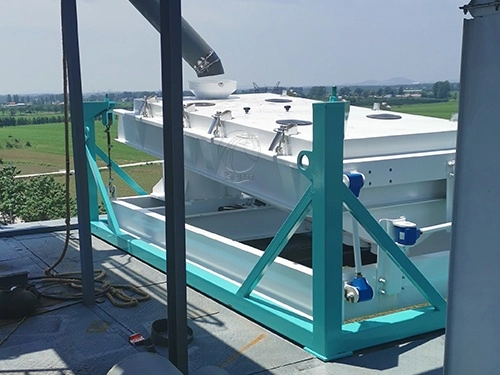
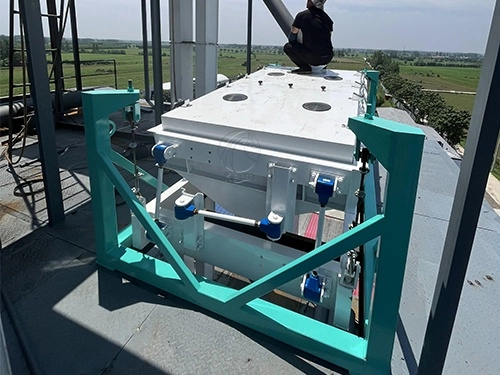
✅ Case 2: 8-10T/H Chicken Feed Pellet Line in Mexico
The plant integrated our rotary grading sifter after the pelletizing stage. This improved the classification of 4.0mm chicken pellets, significantly reducing powder content and ensuring quality for end-users.
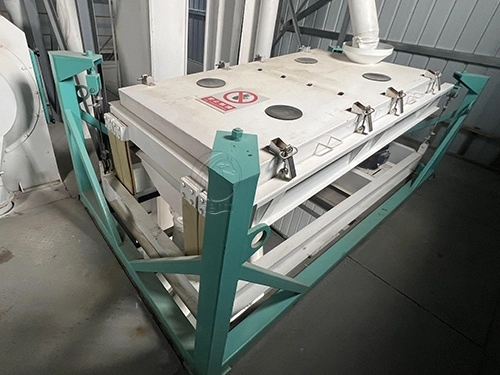
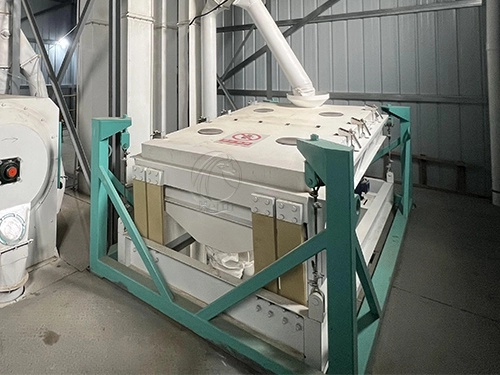
✅ Case 3: 10T/H Cattle Feed Pellet Line in Ethiopia
The plant integrated our rotary grading sifter after the pelletizing stage. This improved the classification of pig feed pellets, significantly reducing powder content and ensuring quality for end-users.
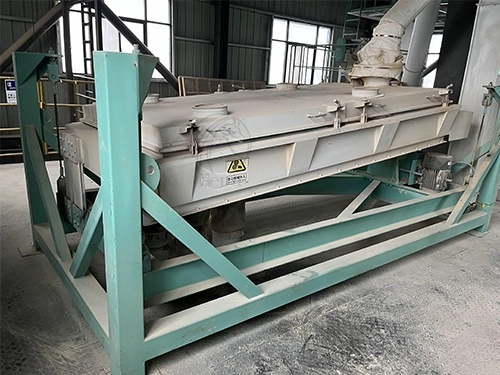
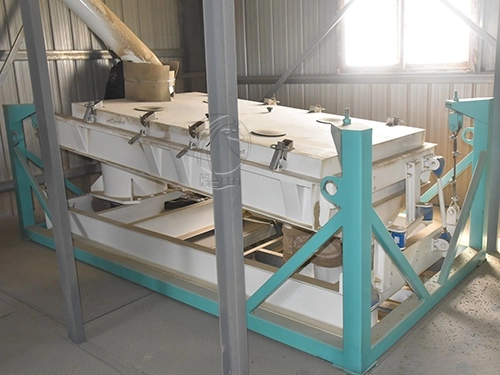
| Model | Power(kw) | Pellet Capacity(t/h) | Power(kW) |
| SFJH80*2 | 2.2 | 5-8 | 3-6 |
| SFJH130*2 | 2.2 | 8-13 | 6-10 |
| SFJH100*2 | 3.0 | 10-15 | 8-13 |
| SFJH150*2 | 3.0 | 15-18 | 12-16 |